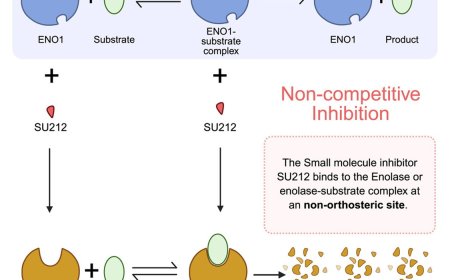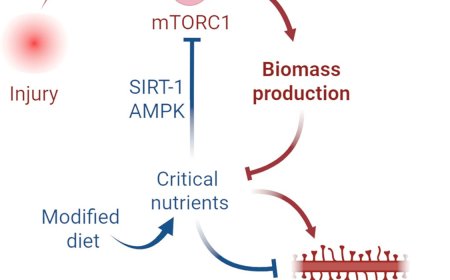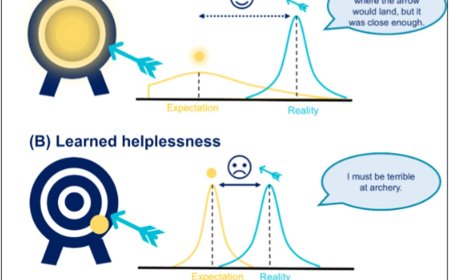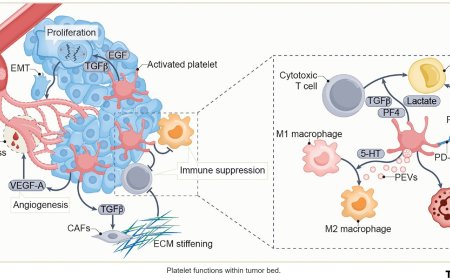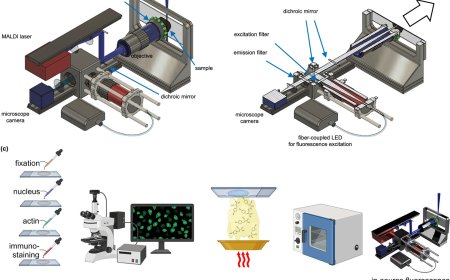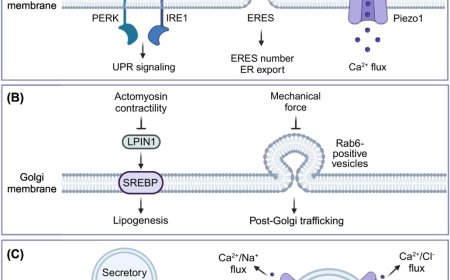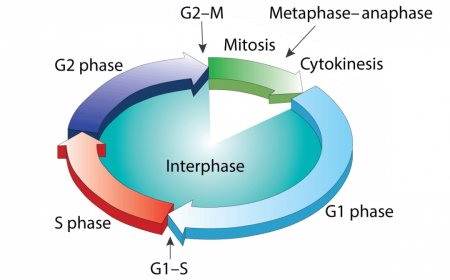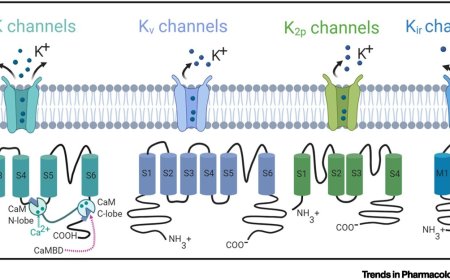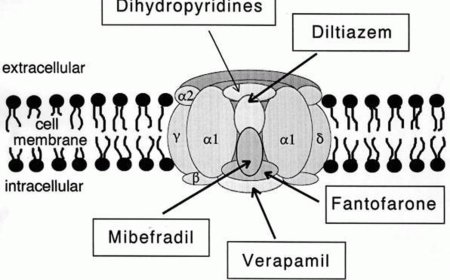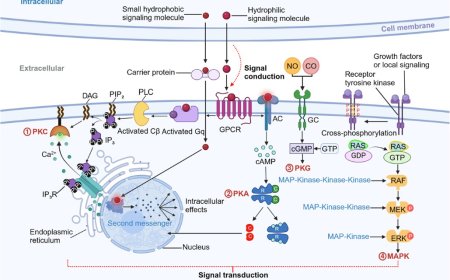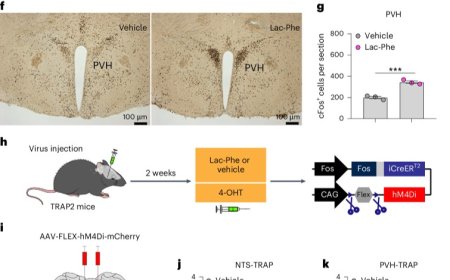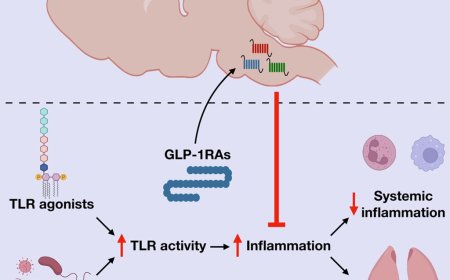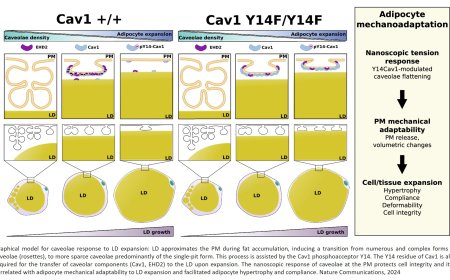Role of human Kallistatin in weight loss
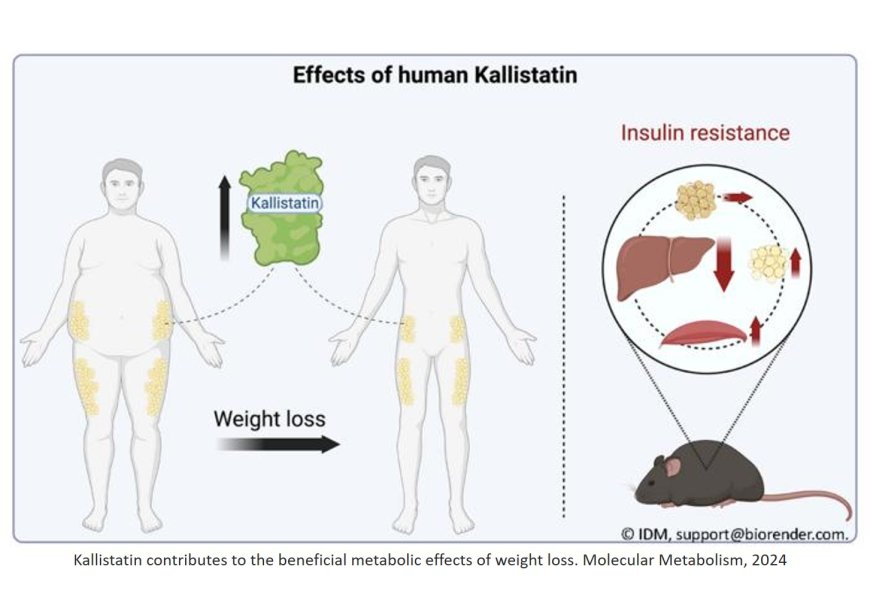
After weight loss, people with overweight and obesity express more of the protein Kallistatin* in subcutaneous white adipose tissue. In addition, Kallistatin improves metabolism and could open up new therapeutic options for people with obesity and type 2 diabetes in future. The results have now been published in Molecular Metabolism.
An increasing number of people are developing type 2 diabetes and obesity. These are highly complex and multifaceted diseases. In order to treat them sustainably, new approaches to therapy are needed. Clinical studies on humans have shown that heavily overweight individuals produce less Kallistatin.
Kallistatin is a protein that has various effects in the body. Among other things, it is involved in counteracting inflammation and healing wounds. The role that Kallistatin plays in glucose metabolism and its potential suitability as a therapeutic target are currently being investigated by researchers.
To this end, they measured Kallistatin expression in subcutaneous white adipose tissue in 47 individuals with overweight to obesity before and after weight loss. The result: Kallistatin expression increases after weight loss.
Additionally, the researchers examined the effect of the protein in an animal model. In the process, they observed that human Kallistatin improves hepatic insulin sensitivity in diet-induced obese mice.
“Our results suggest that Kallistatin may be an interesting, yet challenging, therapeutic target for people with obesity and insulin resistance,” says lead author. “Because Kallistatin has insulin-sensitizing effects in the liver, it should be investigated as a potential liver-specific target for emulating the beneficial effects of weight loss and potentially treating type 2 diabetes and obesity,” adds the senior author.
